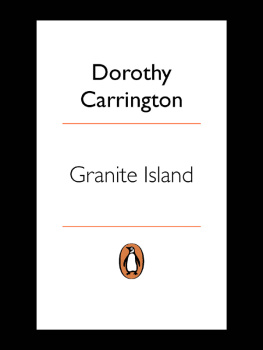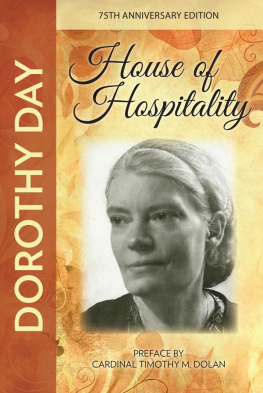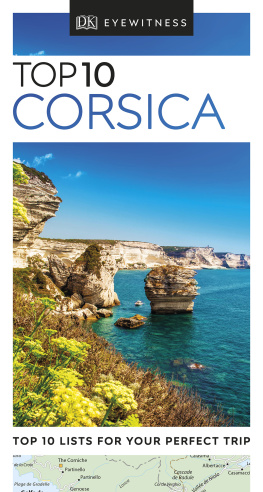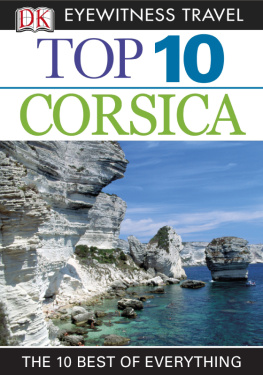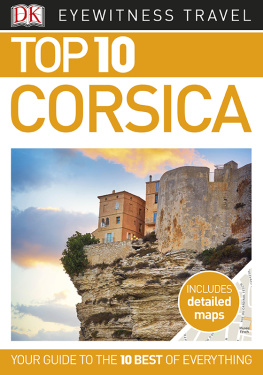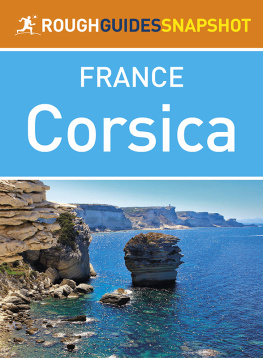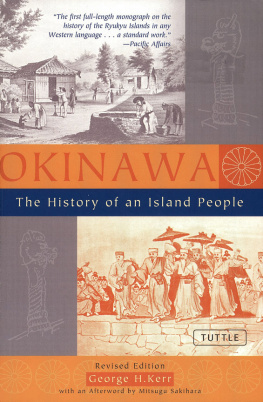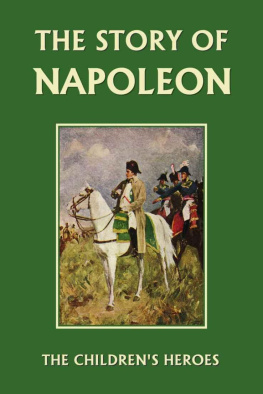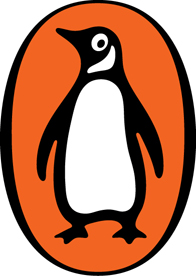PENGUIN CLASSICS
UK | Canada | Ireland | Australia
New Zealand | India | South Africa
Penguin Books is part of the Penguin Random House group of companies whose addresses can be found at global.penguinrandomhouse.com.
Granite Island first published by Longmans 1971
Published in Penguin Books 1984
This edition first published in Penguin Classics 2008
Copyright The Estate of Dorothy Carrington, 1971
Introduction copyright Rolli Lucarotti, 2008
The moral right of the authors and copyright-holders has been asserted
All rights reserved
ISBN: 978-0-141-91819-8
THE BEGINNING
Let the conversation begin
Follow the Penguin Twitter.com@penguinukbooks
Keep up-to-date with all our stories YouTube.com/penguinbooks
Pin Penguin Books to your Pinterest
Like Penguin Books on Facebook.com/penguinbooks
Listen to Penguin at SoundCloud.com/penguin-books
Find out more about the author and
discover more stories like this at Penguin.co.uk
PENGUIN CLASSICS
GRANITE ISLAND
Dorothy Carrington was born in Gloucestershire, and read English at Lady Margaret Hall, Oxford. After living in England, France, Africa and Austria, she settled on Corsica. During a long and distinguished career, she contributed extensively to magazines and learned periodicals on art, art history, archaeology and travel. She also worked as an interpreter and press correspondent, lectured widely and held a visiting assistant professorship at the City University of New York. Her books include The Travellers Eye (1947), The Mouse and the Mermaid (1948), This Corsica (1962), Napoleon and His Parents on the Threshold of History (1988) and The Dream Hunters (1995).
As an authority on Corsica, her work was intricately linked to the island, as with her publications on Napoleon and Pasquale Paoli, the author of the worlds first written democratic constitution. However, she is best known for her 1971 book Granite Island, which received the Heinemann Award in the same year, and has gained a classic status. The fruit of years of research and observation, it is much more than a travel book and creates an unforgettable picture of the physical grandeur, dramatic history and fascinating culture of Corsica.
Dorothy Carrington was made a Chevalier de lOrdre des Arts et des Lettres in 1986, was awarded an honorary doctorate by the University of Corsica in 1991 and was made an MBE in 1995. She was also a Fellow of the Royal Literary Society and of the Royal Historical Society, and a Member of the International Commission for the History of Representative and Parliamentary Institutions. Dorothy Carrington died in 2002, on Corsica, at the age of ninety-one.
Rolli Lucarotti was born and educated in Somerset. She has lived in Corsica since 1970 when she arrived with her husband, television scriptwriter John Lucarotti, and their baby daughter, aboard their catamaran Ratu Etai. A professional cook, she opened a catering service in Corsica in 1975, followed by her restaurant Phileas Fogg in 1984, and a second in Ville dAvray, just outside Paris, in 1998. She has contributed articles about traditional Corsican cooking to magazines and guidebooks and is the author of Recipes from Corsica, which won the Gourmand World Cookbook Award for the Best Mediterranean Cookbook (UK) in 2004.
For Jean Cesari,
catalyst, guide and friend
Introduction
My long friendship with Dorothy Carrington began one spring morning in Ajaccio in 1971. I was standing on the deck of my boat in the harbour when I saw her usually elegant and slightly aloof figure running wildly down the quay towards me. She was waving an envelope and her face was alight with excitement and pleasure. Ive won an award for my book, she called out. The book was, of course, Granite Island, and the award was the Heinemann Prize, justly awarded for a book that, almost forty years later, is still the definitive travel book about Corsica. Used as a textbook in social anthropology studies, an essential source of information and stories for tourist guides and quoted at length in any new guidebook, it gives a perceptive insight into the complex character of the Corsicans and offers loving and vivid descriptions of the islands wild and spectacular scenery. It tells of its heroes, its bandits and vendettas, its witchcraft and legends, and of the daily life of its proud and somewhat stern inhabitants.
The idea for the book came to her when she first visited Corsica in 1948 with her then husband, the surrealist painter Sir Francis Rose. They had been invited to stay with the family of Jean Cesari, a young Corsican they had met in London. He had told them of the statues of his ancestors that were lying about on his cousins land. These powerful and mysterious human figures, almost two metres long and carved out of granite, were identified as neolithic statue menhirs by Dorothy, who hastened to notify a French archaeologist, Roger Grosjean. Since the publication the previous year of her book The Travellers Eye, a survey of English travel writers from the sixteenth century to the 1940s, she had wanted to write her own travel book, and recognizing that an island that could hide such secrets almost certainly had more to offer, she determined to make Corsica her subject.
Armed with a contract from the London publisher Longman Green, she revisited the island several times over the next few years, eventually, in order to save on hotel bills, acquiring a fiat, a renovated pigeon loft, on the fifth floor of a building in the old town in Ajaccio. The Corsica that she first discovered was still reeling from the effects of the two World Wars. Around 20,000 men had been lost in the first war, which had led to more hardship as thousands emigrated in the aftermath. Occupation by both the Italians and Germans followed during the second war, although national pride was reinforced as Ajaccio became the first French town to be liberated, in September 1943, by the partisans. By 1954 the population of the island had reduced to 160,000, having fallen from 295,509 in 1901. From the fifties onwards, Dorothy was witness to the struggle of the Corsicans to regain economic stability and growth.
The book, as she herself said, took her years and years to write. She travelled all over the island by means of local bus services, a method of travel which she found gave her an instant rapport with fellow passengers, or on foot. Sometimes she travelled with her husband of whom she said, he had a natural ability for making contacts in every category of society and, as a practising Catholic he had excellent relationships with the priests who, in those days, were present in every village. He was also a talented artist and the original idea was for him to illustrate the book. Everywhere they travelled he drew. When the book was eventually published in 1971 it was decided to use illustrations by Edward Lear, and Dorothy later published some of the drawings by her late husband in a book entitled

